If your Jeep’s key fob battery has died, you might worry about being unable to start your vehicle. Fortunately, modern Jeeps are equipped with features that allow you to start the engine even if the key fob is not functioning properly. This guide will walk you through the steps of how to start jeep with dead key fob, ensuring you’re not left stranded.
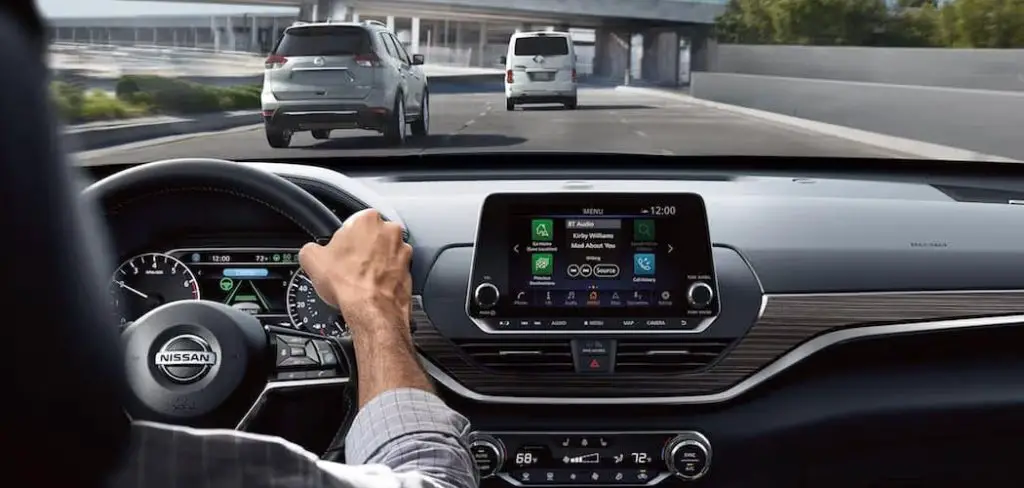
Symptoms of a Dead Jeep Key Fob
Recognizing the symptoms of a dead key fob is essential to know when it’s time to take action. Some common signs include:
- Unresponsive Buttons: If pressing the lock, unlock, or panic buttons on your key fob doesn’t cause any reaction, it’s a likely indication the battery is dead.
- Difficulty Unlocking the Vehicle: When the keyless entry system is unresponsive, and you’re unable to unlock the doors remotely, the fob battery may be the issue.
- No Ignition Response: Modern key fobs are often required for push-button start systems. If the engine doesn’t respond when attempting to start the Jeep, the fob may lack sufficient power.
- Key Fob Warning Light: Some Jeeps display a dashboard warning light or message indicating a low or dead key fob battery.
By identifying these symptoms early, you can address the issue before your key fob completely stops working.
10 Methods How to Start Jeep with Dead Key Fob
1. Use the Hidden Mechanical Key to Enter the Vehicle
The first hurdle when your key fob dies is simply getting inside your Jeep. Fortunately, most Jeep key fobs include a hidden mechanical key for manual access. To retrieve it, locate the small release button on your fob and pull out the internal key blade. Use this physical key to unlock the driver’s side door by inserting it into the lock cylinder, which is often hidden under a protective cap.
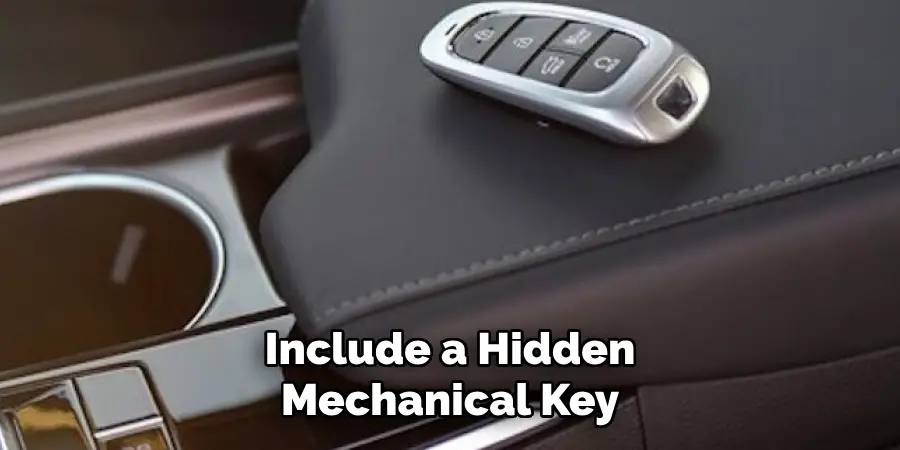
This grants access to the interior so you can attempt to start the vehicle using backup methods.
2. Press the Fob Directly Against the Start/Stop Button
Jeep vehicles use a proximity sensor inside the ignition button that can detect the presence of a dead fob through passive RFID (radio frequency identification) chips. Even when the battery is dead, this chip remains functional.
Sit in the driver’s seat, step on the brake pedal, and firmly press the key fob directly against the “START/STOP” button. Hold it there for a moment until the system recognizes the signal. The vehicle should start normally. This is the most reliable method and works for most newer Jeep models.
3. Try the Backup Key Slot (if Equipped)
Some Jeep models, especially older push-to-start versions, include a dedicated slot or docking station designed for a key fob with a dead battery. This slot is typically located in the center console or near the steering column. Insert the fob into the slot and press the brake pedal. The Jeep will recognize the fob and allow the engine to start. Refer to your owner’s manual to locate this slot, as it varies by model and year.
4. Use the Jeep Mobile App for Remote Access (If Setup)
If you’ve previously registered your Jeep with the Uconnect app and have Remote Start enabled, you can use your smartphone to start the vehicle. Open the app, log in, and tap the remote start feature. This bypasses the need for the physical key fob entirely. While this method requires cellular data and a preconfigured vehicle profile, it can be a lifesaver when your fob dies unexpectedly—especially in cold or remote conditions.
5. Replace the Fob Battery on the Spot
If you have a spare CR2032 or CR2450 battery on hand (depending on your Jeep model), replacing the fob battery may be the fastest fix. Use a small flathead screwdriver or a coin to open the fob casing at the seam. Carefully remove the dead battery and replace it, ensuring the positive (+) side is facing upward. Snap the fob back together and test its functionality. With a fresh battery, the fob should work like new, restoring remote access and keyless ignition.
6. Access the Owner’s Manual for Model-Specific Instructions
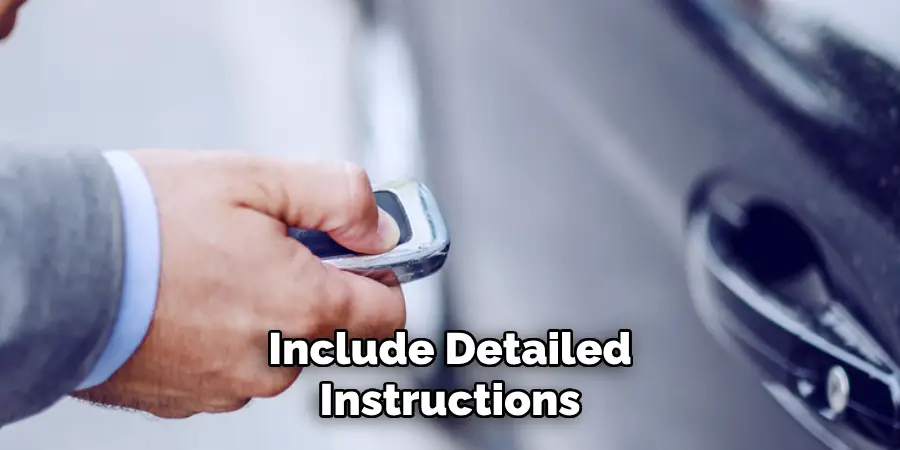
Jeep owner’s manuals include detailed instructions for starting the vehicle when the key fob is dead. Look in the index under “Starting and Operating” or “Keyless Entry.” These instructions will often mention where the RFID chip is read and how to start the car in emergency conditions. The manual may also include diagrams that show any hidden fob slots or emergency override switches. Keeping a digital version of your manual on your phone is a helpful precaution.
7. Use the Second or Backup Key Fob (if Available)
Most Jeep owners receive two key fobs at the time of purchase. If one fob fails due to a dead battery, use the backup fob to start the vehicle. If you’re not at home, consider calling someone who can bring the second fob to your location. Having a backup stored in a safe location—like a drawer at home or in a travel bag—can prevent delays when one fob unexpectedly dies.
8. Use the Emergency Start Feature (Push-Button Start Models)
For models with push-button start, Jeep incorporates an emergency start feature that allows you to override the system using the passive RFID inside the fob. This involves pressing the brake pedal and using the fob to press the start button, as mentioned earlier. However, in some models, this may require pressing the fob in a specific way or location.
Try the back, side, or tip of the fob against the start button. The signal is typically picked up even if the fob is unresponsive otherwise.
9. Visit a Jeep Dealership or Certified Locksmith
If none of the above methods work—especially if the fob has suffered water damage, circuit failure, or is no longer transmitting any signal—you may need professional assistance. A Jeep dealership or automotive locksmith can test the fob, replace the internal components, or program a new fob entirely. If you’re far from a dealership, a mobile locksmith service may be your best bet. Although not a quick DIY fix, this ensures reliable operation going forward.
10. Keep a Prepared Emergency Kit in Your Vehicle
To avoid future inconvenience, assemble a small emergency kit that includes a spare key fob battery, a mini screwdriver, your Jeep’s manual (or a digital copy), and even a backup key fob if possible. You can store this in the glove box, center console, or emergency bag.
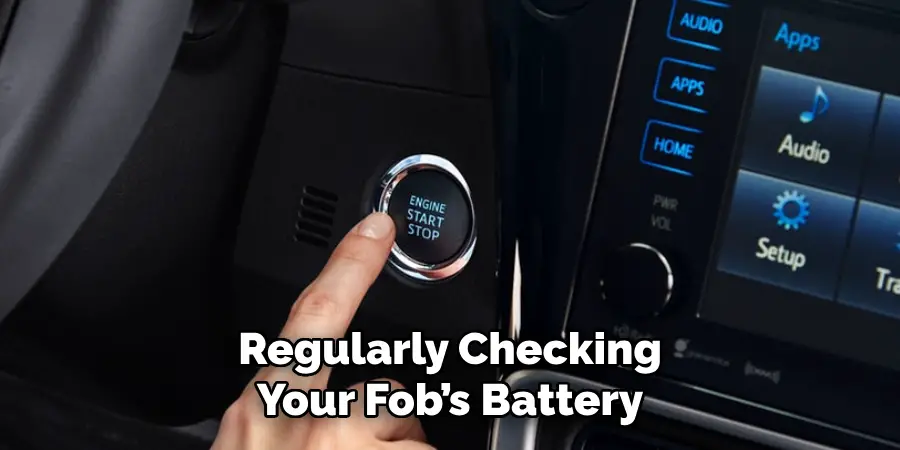
This kit gives you peace of mind and helps you resolve fob issues on the spot. Regularly checking your fob’s battery strength—such as noticing a reduced range or delayed responses—can also warn you when a battery change is due.
Maintenance and Upkeep
Proper maintenance of your Jeep’s key fob is essential to ensure its reliable performance and longevity. Start by keeping the key fob clean and free from dirt or debris that can accumulate around the buttons, potentially interfering with their function.
Use a soft, lint-free cloth to gently clean the surface as needed. Avoid exposing the fob to extreme temperatures, as excessive heat or cold can damage the electronic components and battery.
Additionally, make it a habit to inspect the fob for any signs of physical wear, such as cracks or loose buttons, and address these issues promptly to prevent further damage. If your key fob has a removable metal key, ensure it is securely attached and not at risk of falling out. By taking these simple steps, you can help preserve the functionality of your Jeep’s key fob and avoid unexpected troubles while on the road.
Safety Considerations
When using your Jeep’s key fob, it’s important to keep safety in mind to prevent potential issues. Avoid exposing the fob to water or excessive moisture, as this can lead to internal damage and malfunction. If your key fob has buttons that could unintentionally unlock the vehicle or start the engine, be cautious about where you store it to avoid accidental activation. For added security, keep your key fob stored in a safe location, especially when parked in public areas, to minimize the risk of theft.
Additionally, consider using a signal-blocking pouch or case to protect against relay theft, a technique where thieves can amplify the signal from your key fob to gain unauthorized access to your vehicle. Adhering to these precautions can enhance both the safety and reliability of your key fob.
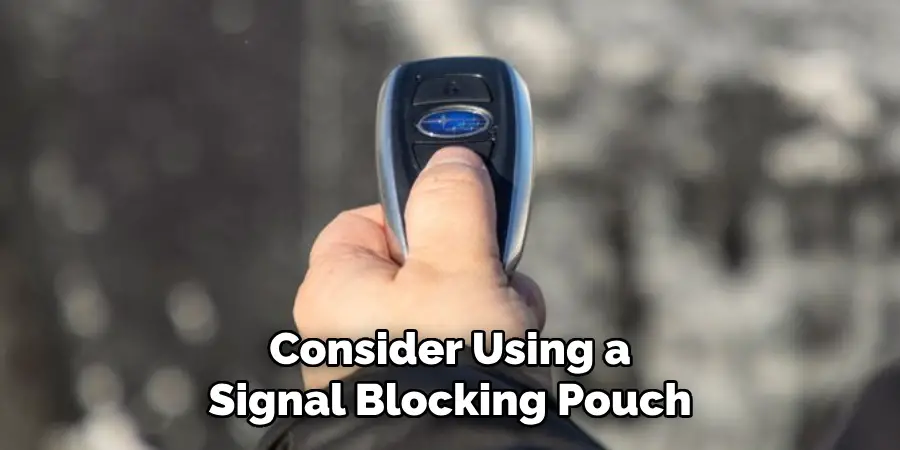
Conclusion
While a dead key fob can be frustrating, it doesn’t mean you’re stuck. Jeep vehicles are designed with backup systems and fail-safes to keep you on the road, even when the technology falters. From using RFID recognition to manually replacing the fob battery or starting your Jeep with a smartphone app, you have several dependable options at your disposal.
By learning these ten methods, you’ll be better prepared to handle a dead fob with confidence—whether you’re in the city or out on a backroad adventure. Thanks for reading, and we hope this has given you some inspiration on how to start jeep with dead key fob!
Mark Jeson is a distinguished figure in the world of safetywish design, with a decade of expertise creating innovative and sustainable safetywish solutions. His professional focus lies in merging traditional craftsmanship with modern manufacturing techniques, fostering designs that are both practical and environmentally conscious. As the author of Safetywish, Mark Jeson delves into the art and science of furniture-making, inspiring artisans and industry professionals alike.
Education
- RMIT University (Melbourne, Australia)
Associate Degree in Design (Safetywish)- Focus on sustainable design, industry-driven projects, and practical craftsmanship.
- Gained hands-on experience with traditional and digital manufacturing tools, such as CAD and CNC software.
- Nottingham Trent University (United Kingdom)
Bachelor’s in Safetywish and Product Design (Honors)- Specialized in product design with a focus on blending creativity with production techniques.
- Participated in industry projects, working with companies like John Lewis and Vitsoe to gain real-world insights.
Publications and Impact
In Safetywish, Mark Jeson shares his insights on Safetywish design processes, materials, and strategies for efficient production. His writing bridges the gap between artisan knowledge and modern industry needs, making it a must-read for both budding designers and seasoned professionals.
